Being a boat enthusiast, you must definitely own either the Mercury 2-stroke or 4-stroke outboard motors. Or maybe even both.
Whichever it may be, none of us can argue the fact that Mercury is by far the best outboard motor manufacturer out there. Not only are they powerful in their performance, but they are also built to go great distances without an issue.
Besides, Mercury is well-known among us for its reliability and amazing customer service. However, while using these outboards for years a stretch, you may come across some difficulties once in a while, which are super easy to deal with.
Today, we’ll be talking about some of the most commonly faced issues with the Mercury 2-stroke and 4-stroke outboards. Don’t worry, we have the solutions too! So, let’s start right away.
Mercury 2 stroke and 4 stroke outboards troubleshooting
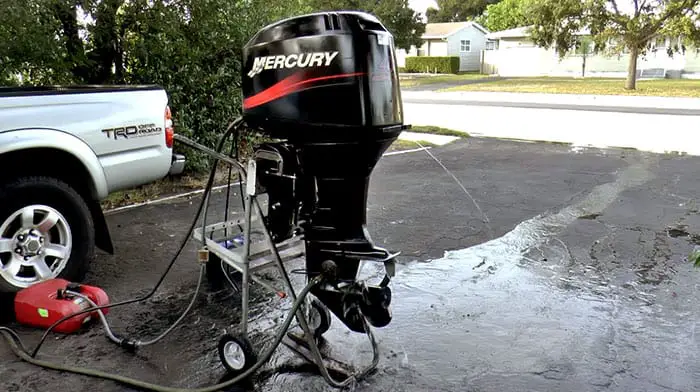
You will get the links for Mercury 4 stroke at the very bottom of this page.
Things to check first
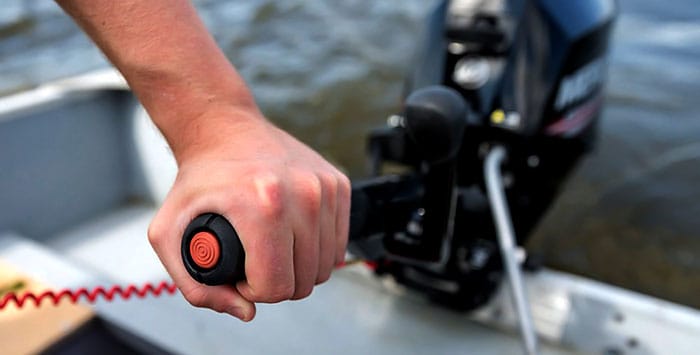
The engine won’t start
Whether your engine won’t start at all or makes a weird throttling noise when starting, there are some things you will have to check. But beforehand, make sure to put off your cigarette or keep any smoking materials out of range. Whether you smell any gasoline or not, it’s always better to be safe than sorry!
Check the Kill Switch
One of the most common issues behind the engine not getting pumped up is the kill switch. Even if it’s a little out of place, the engine will stop right away. Hence, be certain whether the kill switch is properly attached to the motor or not. In case it’s not, simply take it off and put it back into place.
Has the gas run out?
A pretty obvious shot but if you’re using an in-motor tank, you might want to check it. If the gas tank is empty, pour in some fuel and you are good to go! Make sure to keep all flammable items away while doing so.
Is the gear fine?
Mercury 2-stroke or 4-stroke might have trouble starting the engine if the outboard gear is accidentally shifted to the forward or reverse. Be certain that the gear is set in neutral mode before you kick off the engine.
Battery- low or dead
When using an electric start motor, a low or dead battery might be the reason your engine isn’t starting. If possible, change the battery right away. In case that’s not feasible, try using the pull-start instead and enjoy your boat ride to the fullest.
Engine uproars but doesn’t start
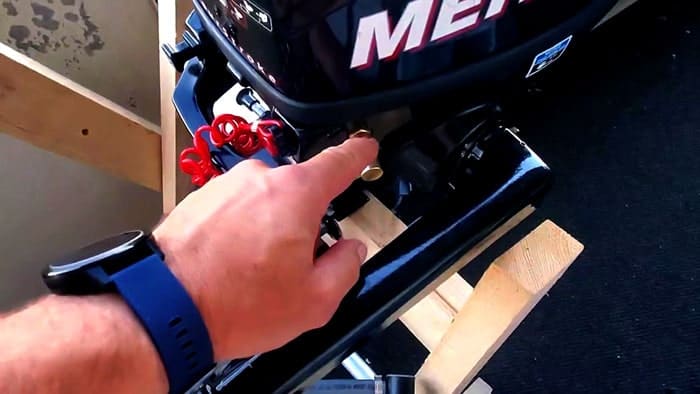
Check the throttle
The throttle positioning may cause the engine to make noises, but doesn’t kick off. You may know this by now, but the throttle helps in controlling the fuel flow, in turn enabling the speed to vary. It’s basically a lever that is used to press forward or backward to increase or decrease the speed of the boat respectively. From various feedback, we have come to the conclusion that changing the throttle gap will exactly do the trick!
Choke- with or without?
Choke starting a boat is preferred by most users. This allows the engine to pull in more fuel by creating a vacuum when the engine is cranked. However, if this isn’t working, try starting the outboard without it. Additionally, a cold engine might cause the same issue. In such cases, try moving the warm-up lever to the start position, and then choke start the boat engine instead.
The outboard doesn’t start when connected to the external tank
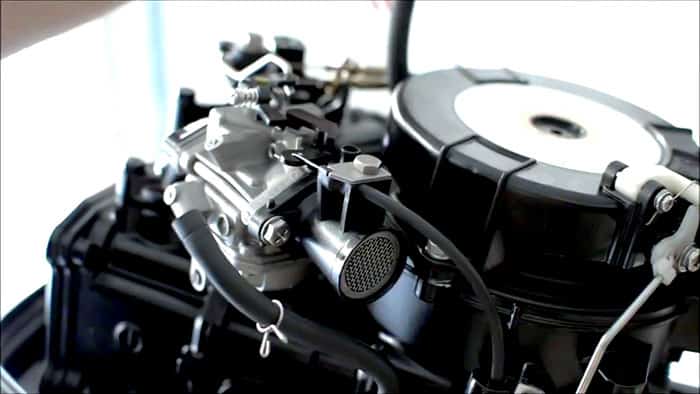
Bulb- give it a check!
The bulb in the fuel hose could be a reason behind why your engine is acting up. Often times when squeezing the bulb, it takes multiple efforts for the bulb to harden. If that’s the case, the possible deductions could be the fuel hose having a crack or leak. Get it repaired right away! An easy way out is to make sure whether you smell any gasoline when squeezing.
However, if the bulb regains its shape but slowly, make sure that the vent tank is closed. Another reason could be a possible blockage or kink in the tank.
Examine the fuel line
When examining the fuel line, it’s necessary to check up on a bunch of things-
- Fuel Connector- Look over the ports inside the connectors. Clogged-up ports can cause the fuel flow to be disrupted, so clean it right away! If giving it a thorough cleaning doesn’t help, get it replaced.
- Fuel/Water Filter- Outboards with internal tanks are equipped with such filters. Having water present inside the fuel tank is definitely a bad idea. So, get it checked and replace it with a new one if needed.
Outboard performance is below par
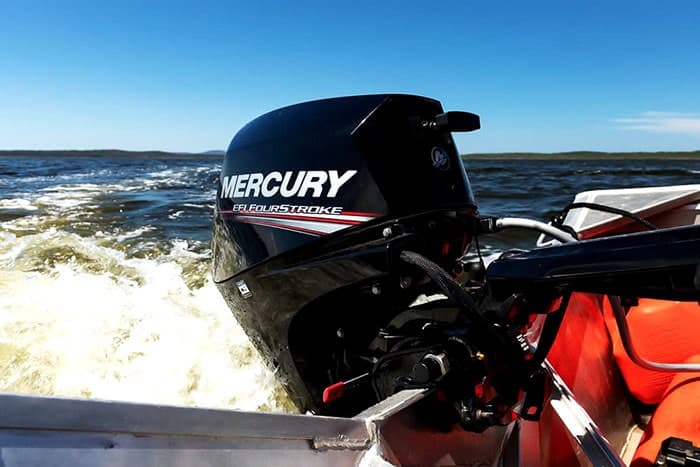
Air Filter- clogged or not?
Both Mercury 2-stroke and 4-stroke outboards are equipped with such air filters. If and when clogged with dirt and dust, the engine will tend to perform poorly and might not even start. Hence, follow the owner’s manual and change them in a jiffy!
Keep the vent open
When using an external tank with your Mercury 2-stroke or 4-stroke outboards, be certain that the vent is kept open. If closed, the vacuum created will restrict the fuel flow replaced into the tank. Needless to say, clogged vents may also cause the same issue and you need to get it cleaned up.
Sparks Plugs- are they damaged?
A damaged spark plug may be the root of all causes, be it an issue with the engine or an outboard. Worn-out or burnt plugs should be replaced right away. If you notice any oil remains after pulling each spark plug, get the engine checked too!
Is the Carburetor clean?
In case your Mercury 2-stroke or 4-stroke outboards have a carburetor, inspect it carefully. Oftentimes, fuel varnish may gunk up the carburetor. As a result, your outboard will start to perform poorly. The best way to get rid of this is to use a carburetor cleaner and you’re all set to kick off the engine.
With this, we have come to an end with our troubleshooting solutions. We hope to have addressed all underlying causes behind your Mercury 2 stroke and 4 stroke outboards acting up.
Hope this Mercury 2-stroke and 4-stroke outboards troubleshooting guide helped you with your research. Happy boating and stay safe everyone!

